YUSAKU KAMEKURA 亀倉雄策


YUSAKU KAMEKURA 亀倉雄策




EARLY DESIGNS
GRAPHIC ‘55
GROUNDBREAKING DESIGNS
TOKYO 1964
CLOSING
CREDITS
Yusaku Kamekura, born on April 6, 1915, was an influential Japanese graphic designer best known for his work during the post-World War II era. Kamekura gained international fame for his iconic designs, most notably the posters for the 1964 Tokyo Olympics, which used modernist designs with traditional Japanese aesthetics. His work significantly shaped the visual culture of modern Japan and impacted various fields, like advertising and corporate branding. From the very begging, it was clear that Kamekura was making a difference in the world of design.
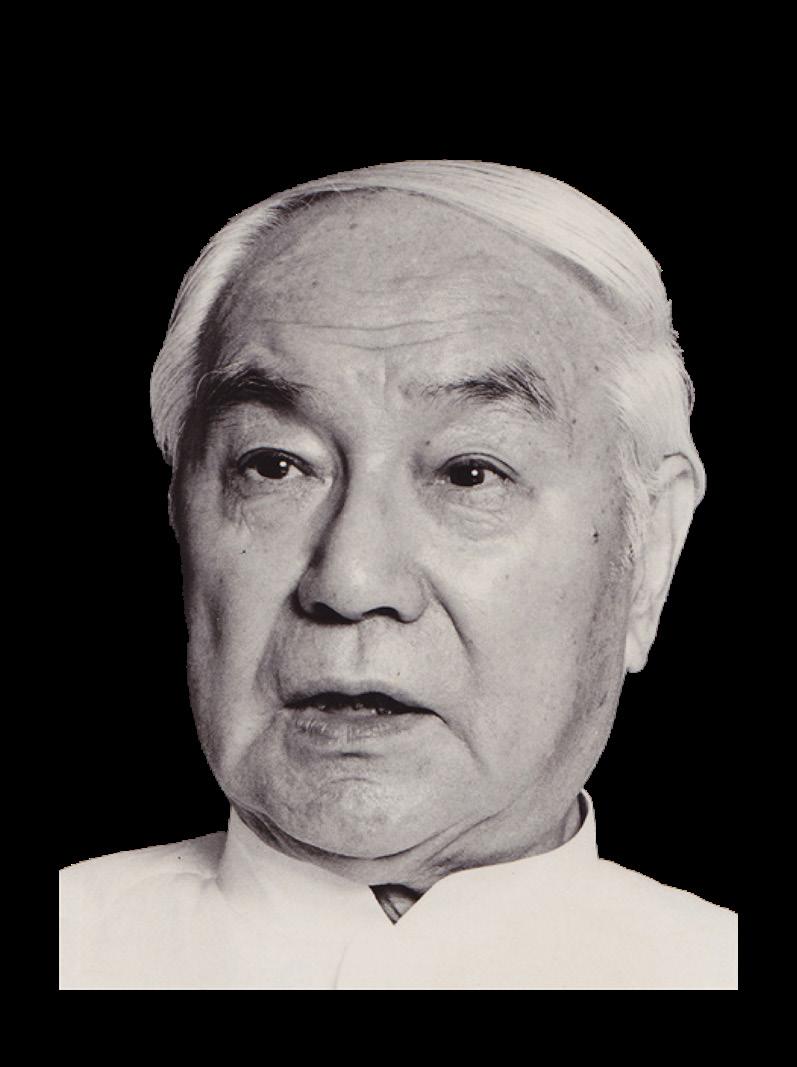

a 1954 - 1955
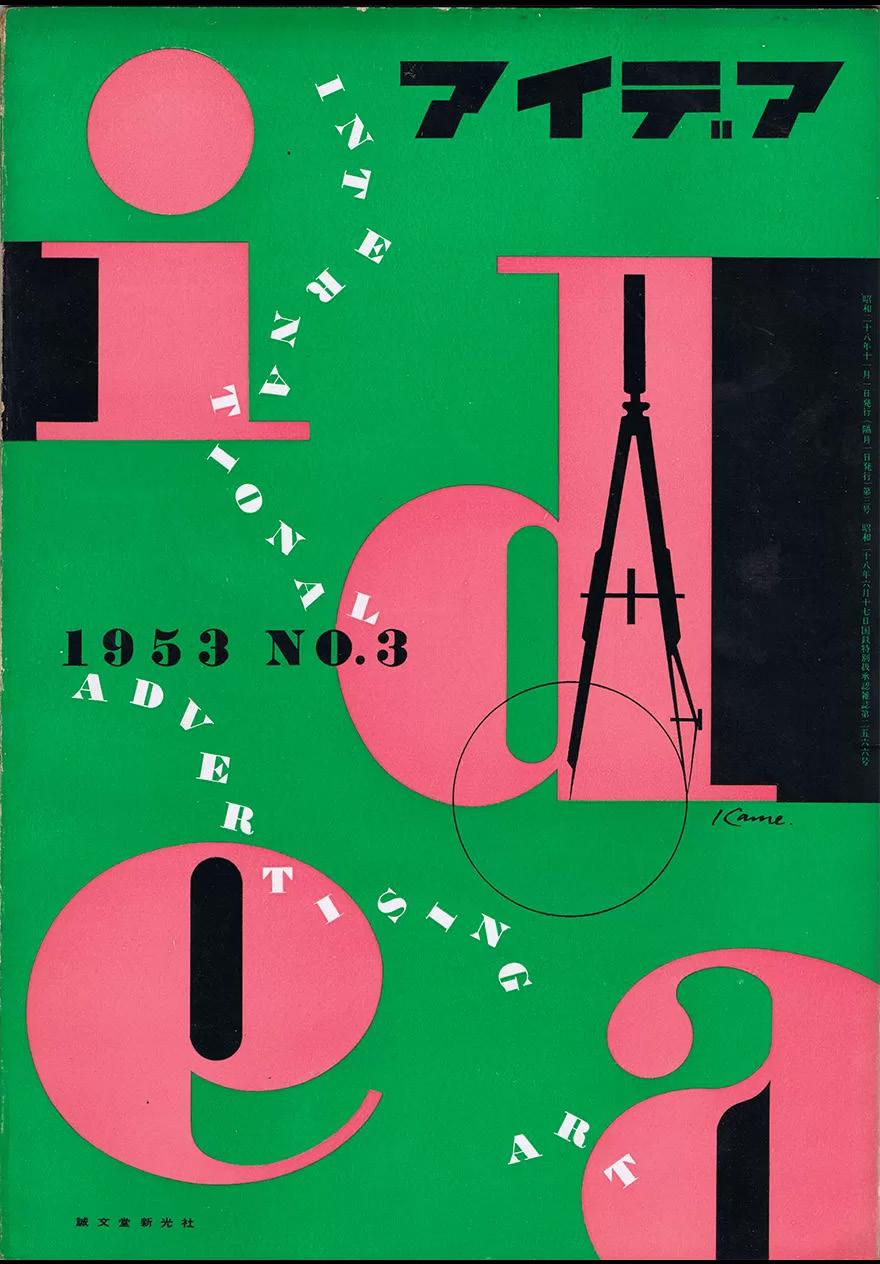

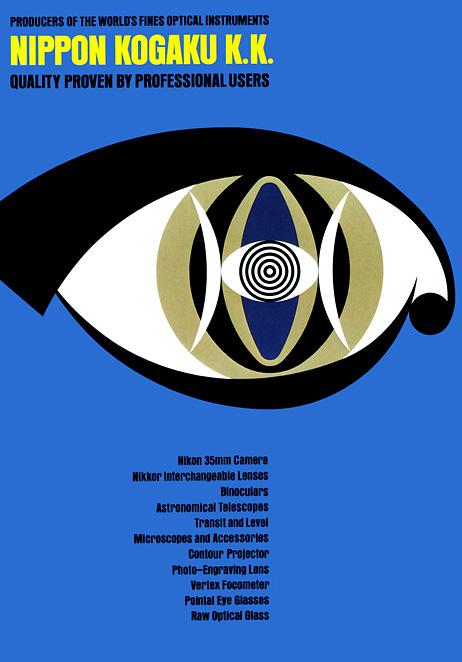
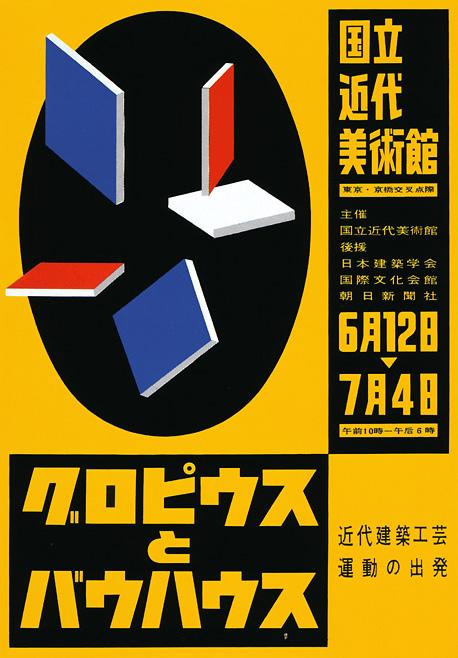
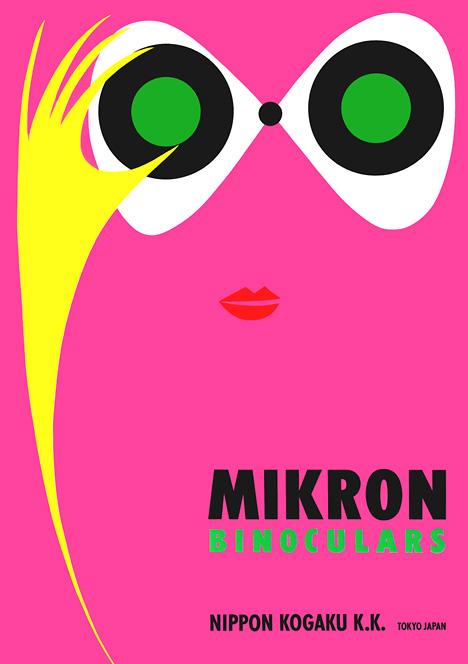
The Graphic 55 exhibition poster by Yusaku Kamekura helped him gain recognition in the design world by showcasing his skill and creativity. Made in 1955, it stood out with its modern style, blending Western and Japanese design elements. The poster’s bold text, clean shapes, and clever use of space grabbed people’s attention, making it a hit for the exhibition and Kamekura’s talent. This poster was a impactful design, establishing Kamekura as a major figure in Japanese graphic design and leaving a lasting impact on the design community. From here, his designs only grew in popularity.
GRAPHIC ‘55 EXHIBITION, 1955
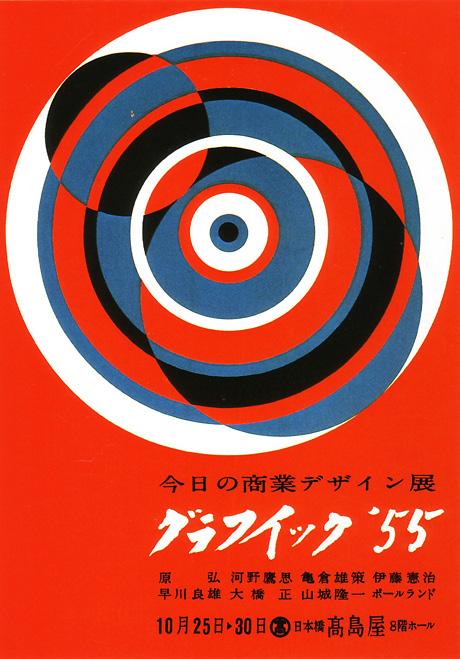
12 12
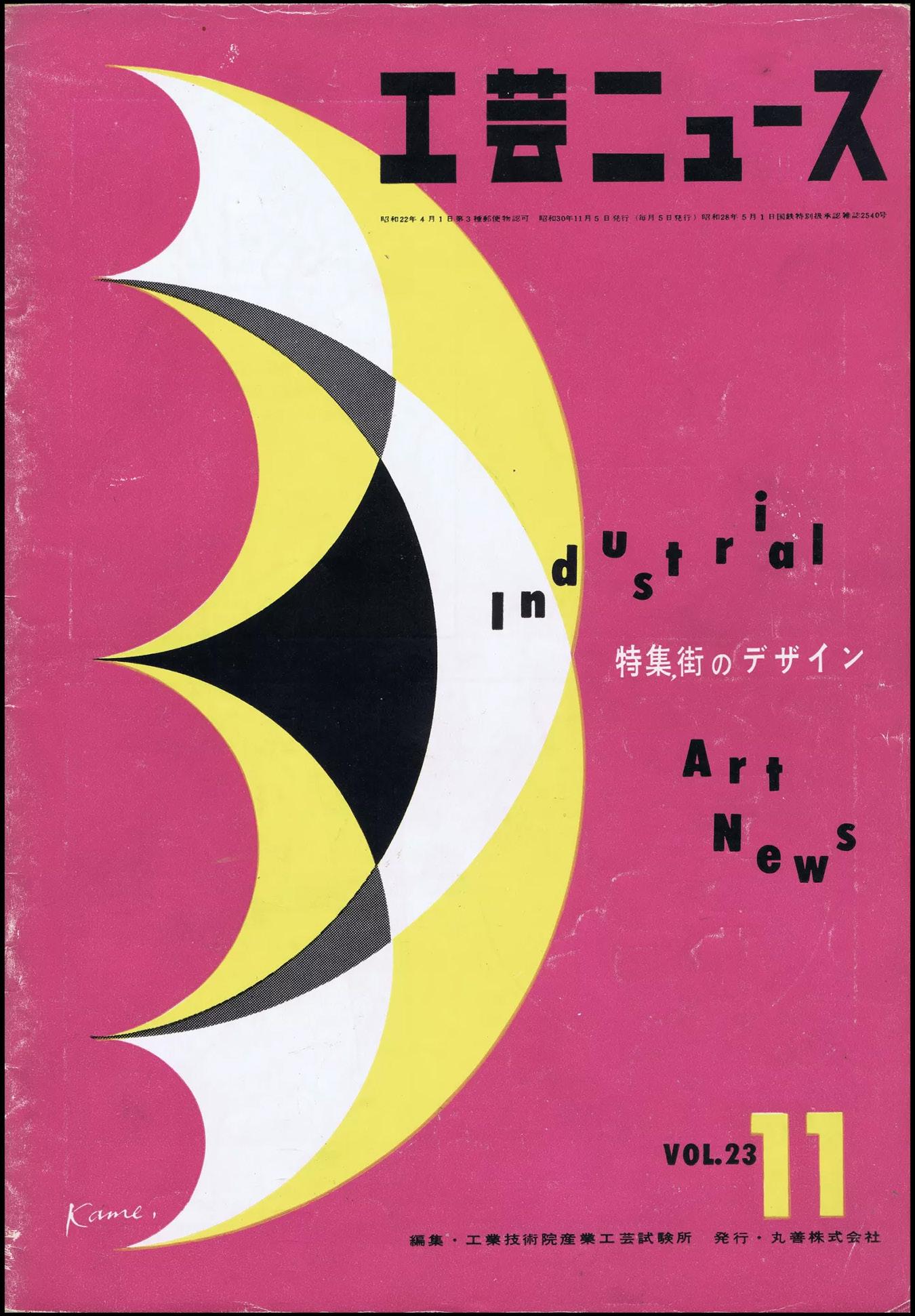
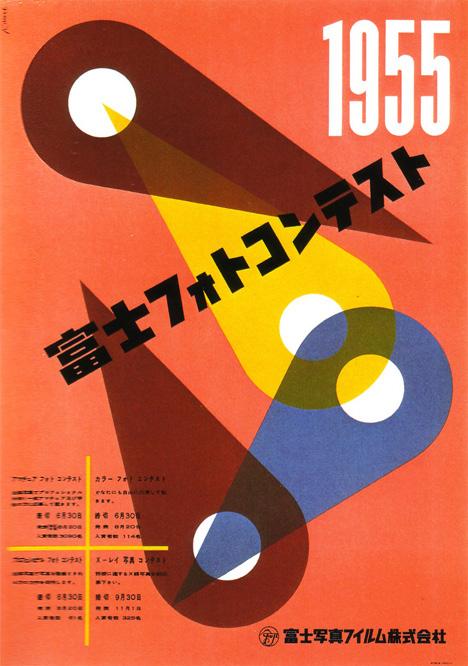
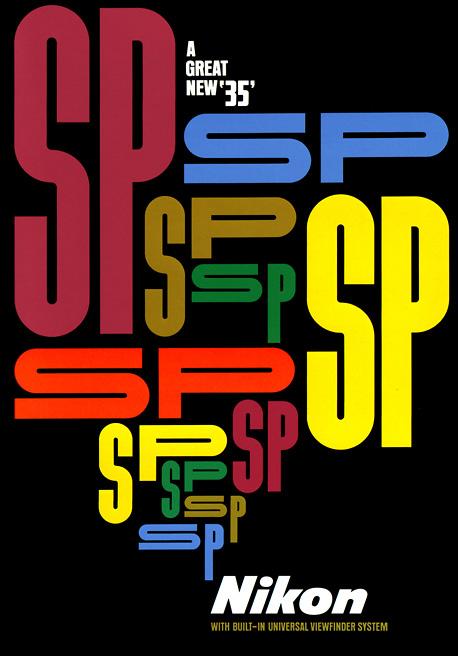
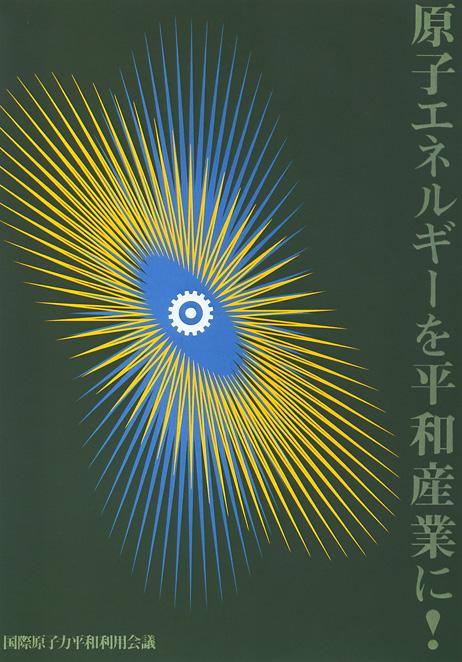
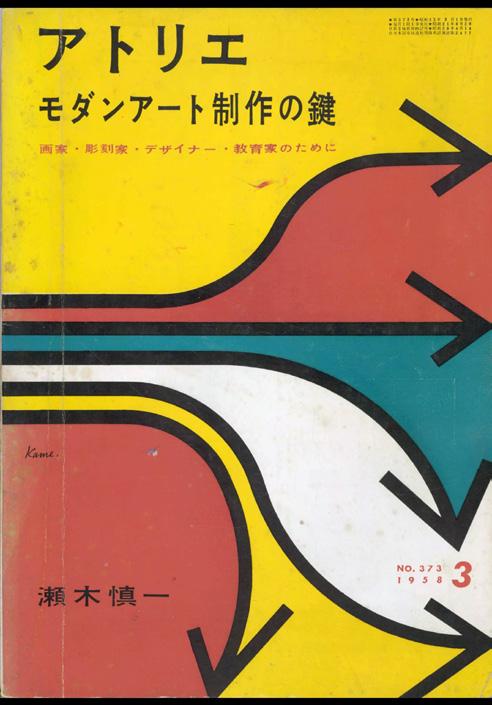

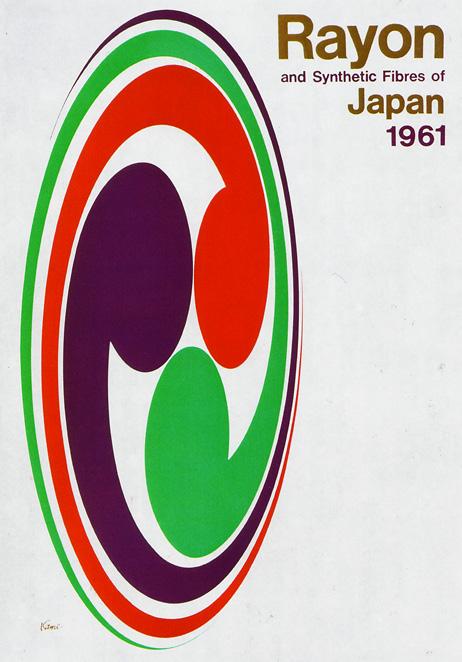
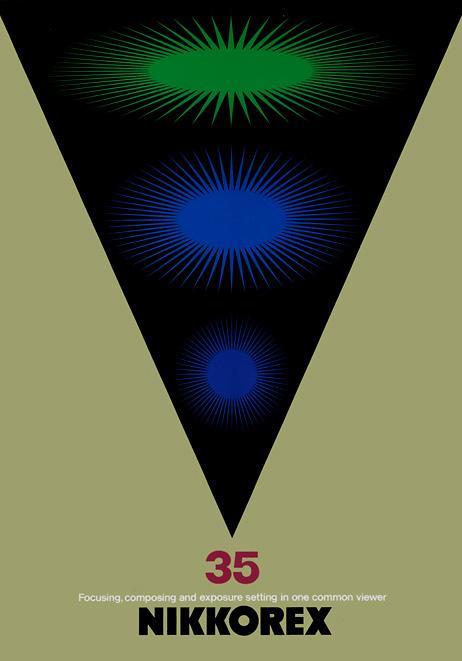
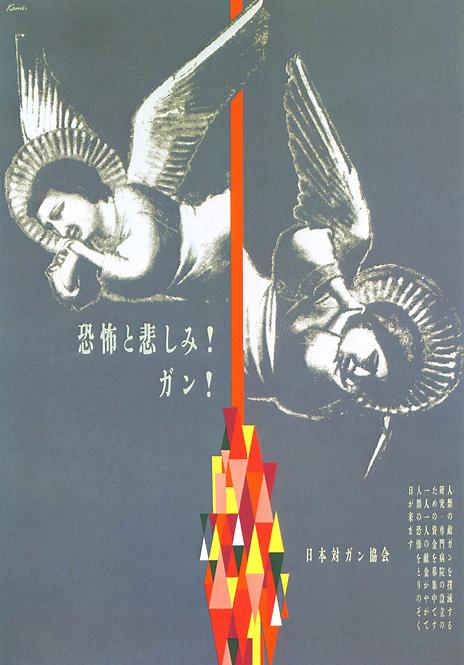
LEFT PAGE: (From Left to Right) - “DESIGN” MAGAZINE, 1959 - NIKKOREX 35, 1960 - RAYON AND SYNTHETIC FIBRES OF JAPAN, 1961
- TERROR AND SORROW!, 1959
PAGE: GRAPHIS ANNUAL, 1960-61
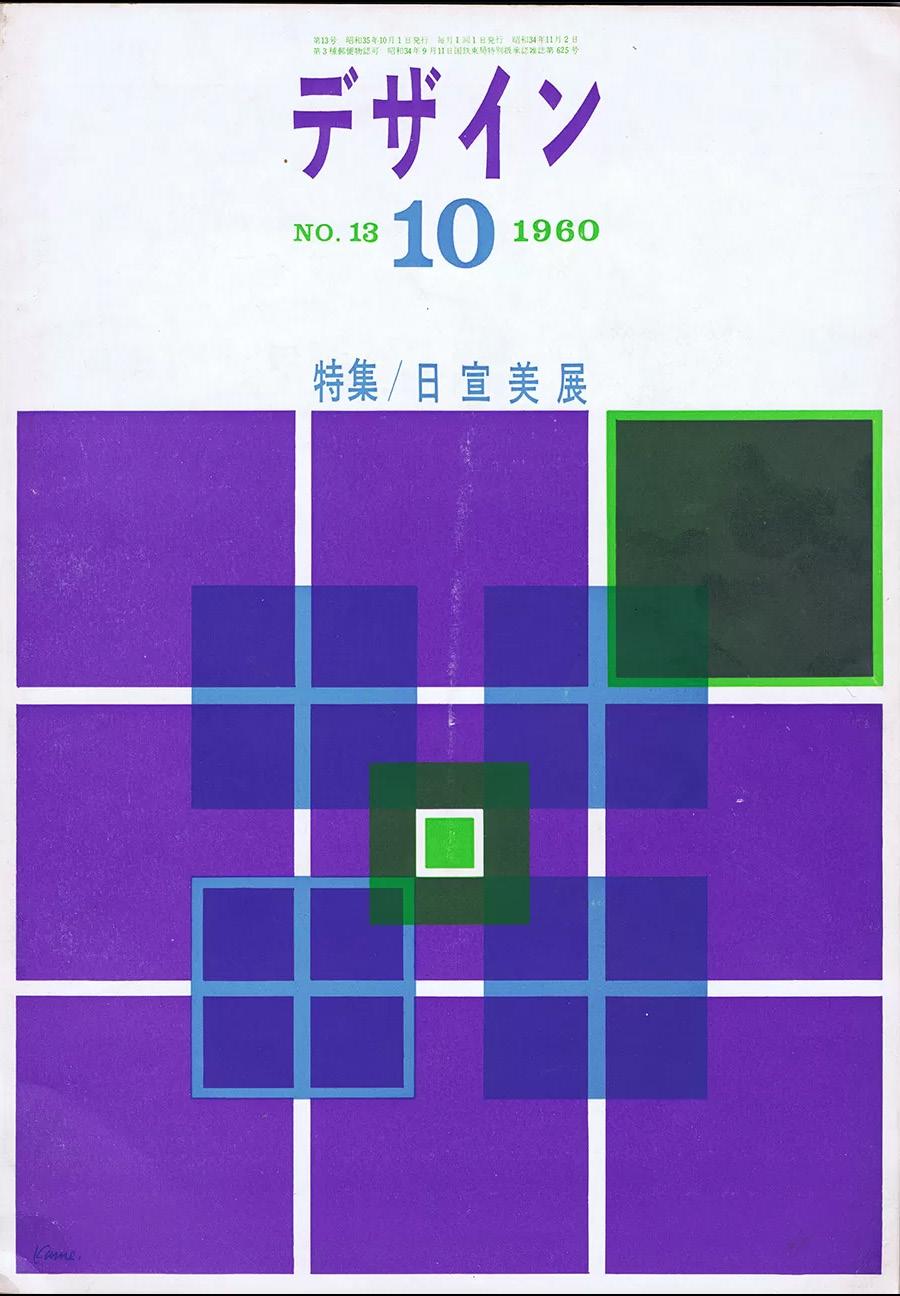
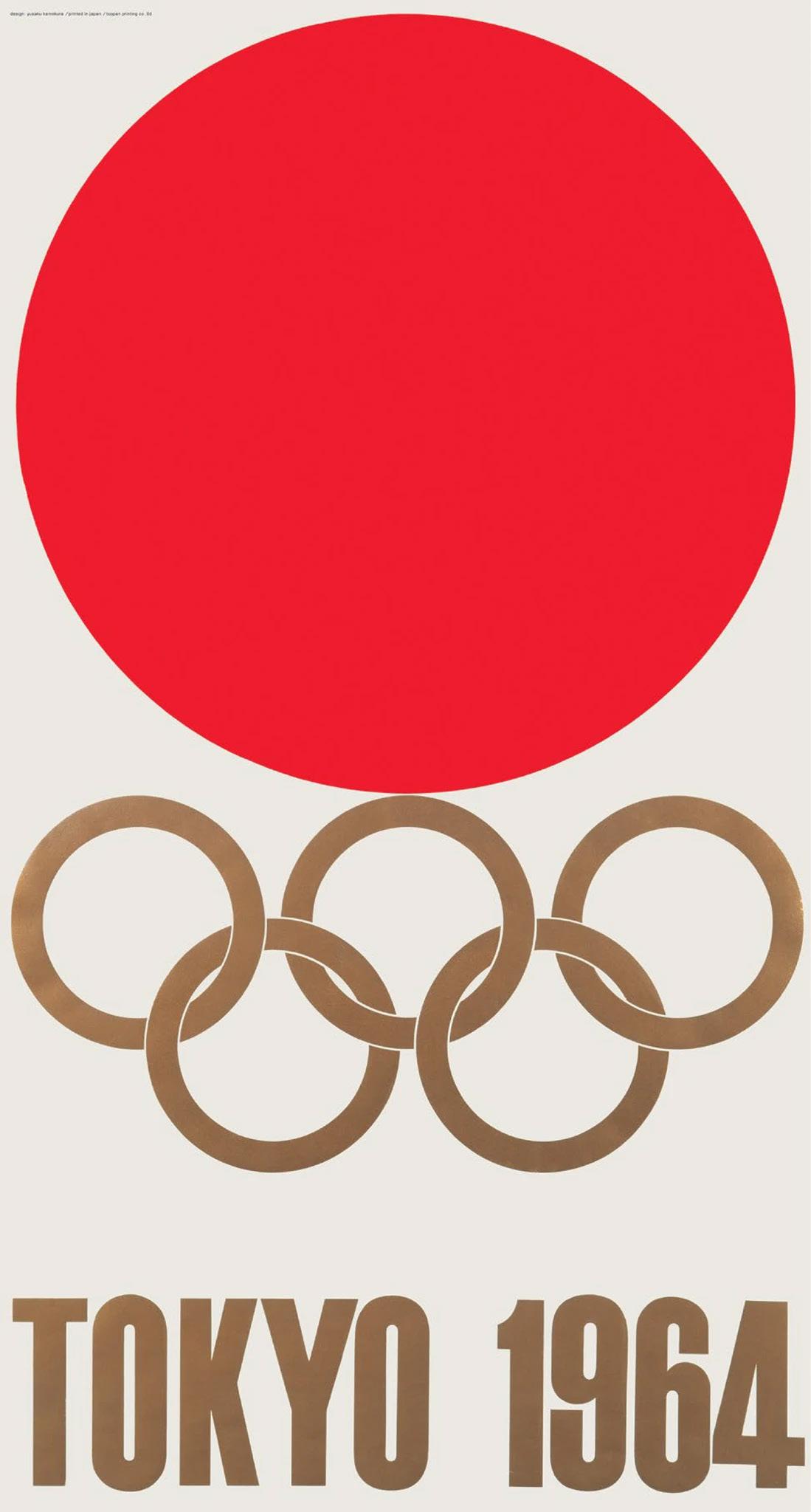
“It recalls the official emblem, composed of the Olympic rings superimposed on the emblem of the Japanese national flag, representing the rising sun. There was a total of four official posters, all designed by Yusaku Kamekura. They were all made by photoengraving using several colours, highlighting the technology of the Japanese printing industry. The posters themselves received a number of prizes for their excellence, including the Milan Prize for poster graphics.100,000 copies were made.” - The Olympics
1818
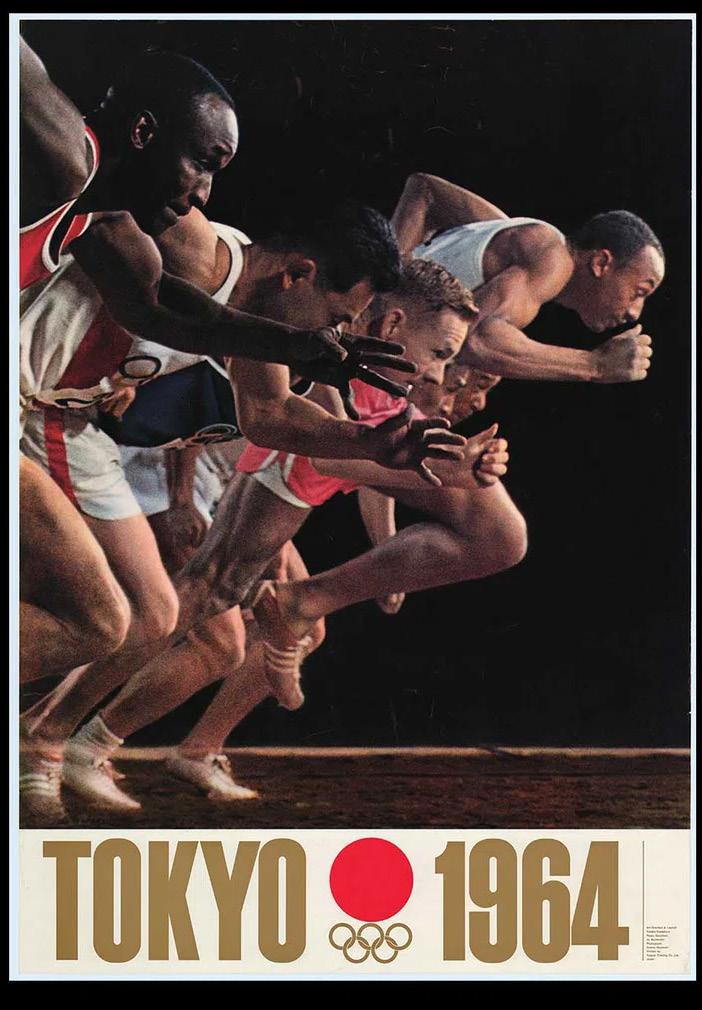
STARTING LINE, 1964
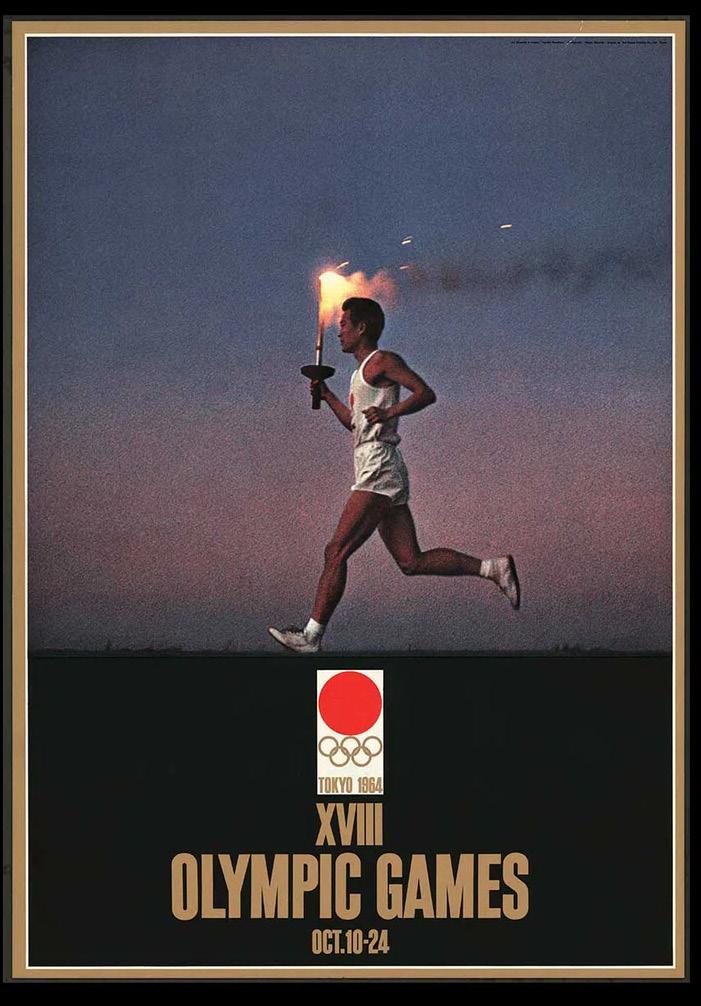
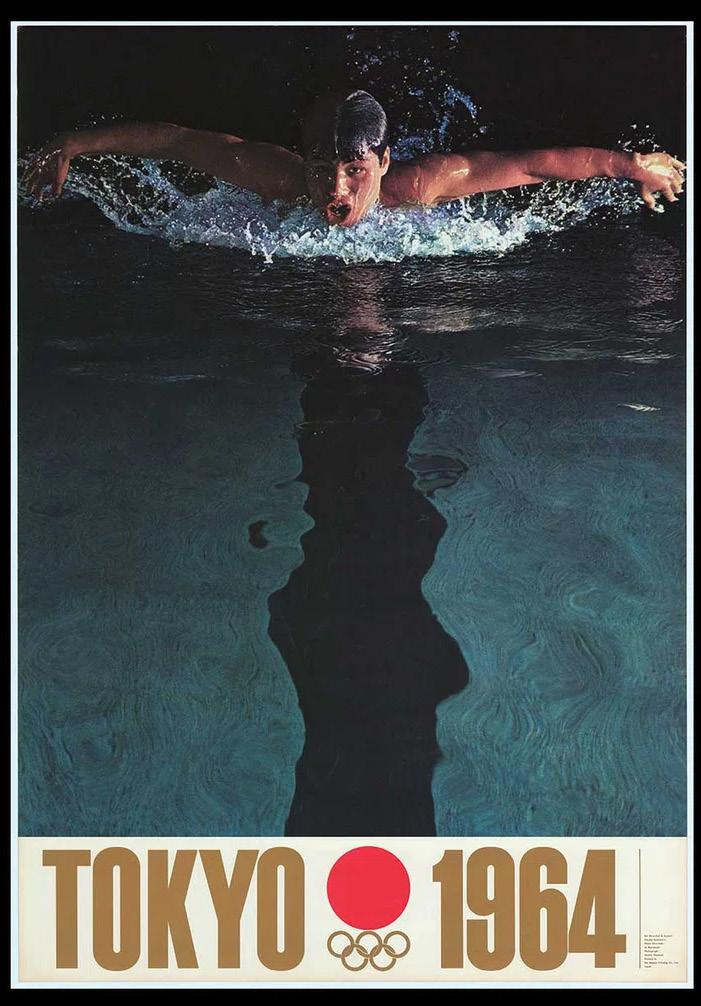

Yusaku Kamekura made a immense impact on graphic design. His use of color, shape, and layout changed how people saw everyday things, especially in Japan after the war. Even though he’s gone, his work still inspires designers today. He showed that good design isn’t just about looking nice; it’s about making you feel something too. Kamekura’s legacy lives on, reminding us of the lasting power that creative expression can bring.
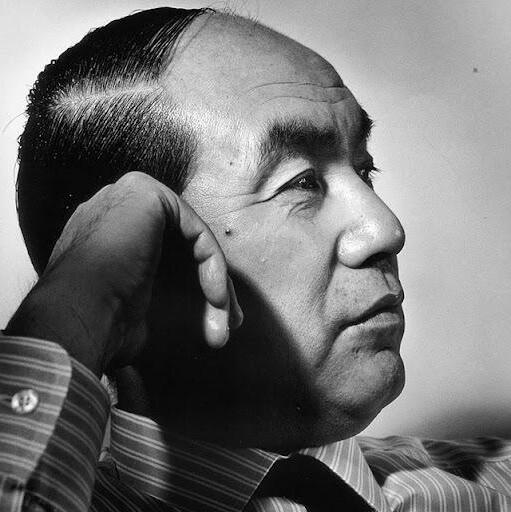
1915 - 1997
- https://designreviewed.com
http://www.designishistory.com
- https://www.oneclub.org
- https://npo-plat.org/index.html
- https://olympics.com/en/